Best
ADULT-SIZE VIOLIN
FOR INTERMEDIATE PLAYERS
-
Overall: Hand-carved from aged tonewoods and hand-finished with a shading oil varnish
-
Best Feature: Ebony components help maximize sustain and note articulation
-
TedScore™: 8.5/10
Best
ADULT-SIZE VIOLIN
FOR BEGINNER PLAYERS
-
Overall: An outstanding entry-level instrument features solid-wood construction, with a spruce top and a flamed maple back and sides
-
Best Feature: Ebony fingerboard facilitates easy playability
-
TedScore™: 9/10
Best
ADULT-SIZE VIOLIN FOR
ADVANCED
PLAYERS
Professional Violin A Gorgeous, Master-level Violin!
-
Overall: Manufactured and calibrated for the best possible sound using fine
European tonewoods -
Best Feature: Durable inlaid purfling and matching ebony fittings
-
TedScore™: 9/10
Selecting the right violin size is essential to your comfort and performance.
It ensures proper playing technique and comfort, essential for avoiding strain and injury. We don’t want muscle strains, right?
You might be wondering what is the perfect violin size for adults.
Knowing that the violin, even a violin bow, comes in different sizes, how would you know the right size for adult beginners or professionals?

This article will teach you the different sizes of violins and how to determine the most comfortable size for an adult.
As an adult, you’ll likely need a full-sized violin, a 4/4. However, it’s not a one-size-fits-all situation; arm length and hand size play a crucial role.
You want a violin that feels like an extension of your body, enabling effortless play and preventing strain.
Determining the
Right Violin Size
Choosing the right violin size is crucial for comfort and playability. It enhances your experience and lets you hold the violin and play notes comfortably.
Understanding Violin Sizes

Violins come in various sizes, often in fractions like 1/4, 1/2, and 3/4.
Full-size violins are known as a 4/4 size – the largest size.
The size doesn’t correspond to the violin’s dimensions in inches or centimeters but rather represents a standardized notion of scale.
Smaller sizes like 1/8, 1/10, and even 1/16 exist, mainly suited for small children.
Adult players typically use a full-size violin. However, not every adult will find the standard full-size comfortable.
Smaller adults or those with a shorter arm length might prefer a 7/8 size, also known as a “lady’s size,” which offers a better fit and ease of playing.
How to Measure for the Right Fit
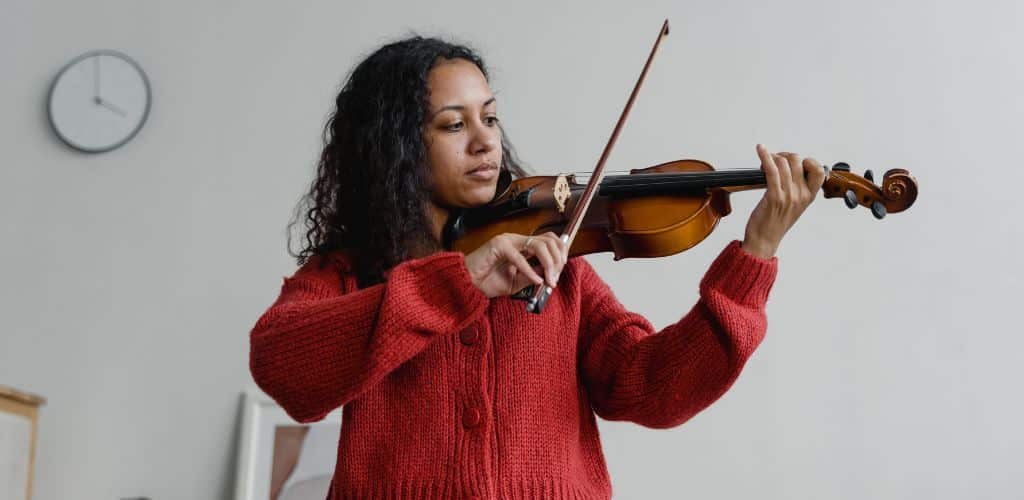
You need to measure your arm length to ensure you select the right violin size.
Stand with your arm extended to the side, perpendicular to your body, and measure starting from the neck to the middle of the elbow and then to your palm. This distance indicates the appropriate size.
4/4 size: Arm length of approximately 23.5 inches or more
7/8 size: Arm length of about 22 to 23.5 inches
3/4 size: Arm length of around 21.5 to 22 inches
1/2 size: Arm length of nearly 20 to 21 inches
Hold a violin in the playing position. Your left hand should comfortably be ready to wrap around the violin scroll. If you can do so without overextending your left arm, you have likely found the correct size.
The right measurement is crucial. Use a tape measure for accuracy.
Ensure your posture and stature are perfectly straight.
Seek assistance and direction from people to make the process easier.
A comfortable fit also entails the right shoulder rest and other accessories. These can fill gaps between your shoulder and the instrument for better grip and playing posture.
With these tips, finding the perfect-sized violin will be a breeze!
Comfort and Playability
When it comes to mastering the violin, comfort significantly impacts your playability. Ensuring your violin fits like a glove is vital in easily hitting the right notes.
Choosing the Ideal Shoulder Rest
Finding the right shoulder rest is like securing a trusty sidekick for your violin-playing journey.
It’s all about balance—your shoulder rest should fill the space between your collarbone and the bottom of the violin without forcing your shoulder to hunch up.
Look for one that’s fully adjustable, allowing for tweaking the height and angle to match your body’s unique figure.
When you visit violin shops, don’t shy away from trying out different styles before you purchase; your shoulder will thank you!

Importance of a Comfortable Grip
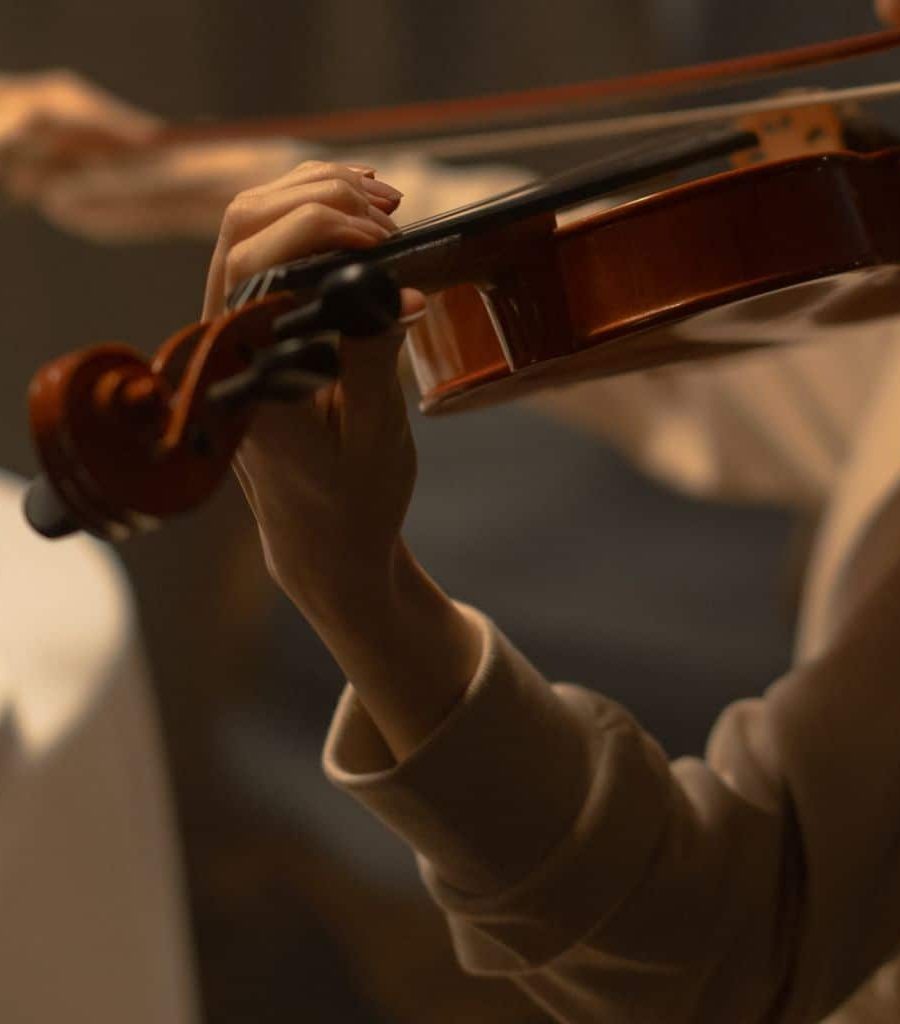
A comfortable grip on your violin isn’t just nice; it’s an advantage for control and injury prevention.
Your left hand should gently cradle the violin’s neck, like holding a baby bird—so no squeezing!
Placing your fingers on the fingerboard should be easy, avoiding cramped positions that might summon discomfort or, worse, pain.
If you’re feeling any strain, it’s worth chatting with your violin teacher to learn important information and ensure you adjust your hold correctly.
A little tweak here and there might save your wrist from distress and keep the sweet music flowing.
Full-Size Violin I Recommend
As a professional violinist, I highly recommend and love the Revelle REV25 Student Violin Outfit in 4/4 size to my students for its exceptional craftsmanship and playability at an accessible price point.
Its rich, warm tone and responsive feel provide an inspiring experience for learners, laying a solid foundation for their musical journey.
Revelle REV25 Student Violin Outfit

FEATURES: Solid wood construction, with a spruce top, flamed maple back, and sides.
OTHER INFO: Ebony fittings, a Despiau bridge, a Wittner Ultra tailpiece, and an attractive nitro varnish finish
- Includes all the tools budding violinists need to master the rudiments of their instrument
- Thomastik-Infeld Alphayue strings yield pliable playability and near-gut-like tone
- Slightly higher investment for beginners
When you click ‘Check Price’, you’ll see there are loads of great places to buy this item. Our personal favorite is Sweetwater for the US, and Thomann and Gear4Music for the UK & Europe.
They are the largest music retailers, with excellent customer service, competitive prices, really fast shipping, and the longest guarantees.
The professional musician who wrote this article combined many things,
from the product build, manufacturer’s reputation through to feedback
from other users, to create our famous TedScore™.
I frequently recommend the Yamaha AV10-44SG 4/4 Size Intermediate Violin Outfit to my intermediate students for its superior sound quality and reliable construction.
This outfit offers a beautiful balance of playability and expressive tone that truly enhances the evolving technique of a developing musician.
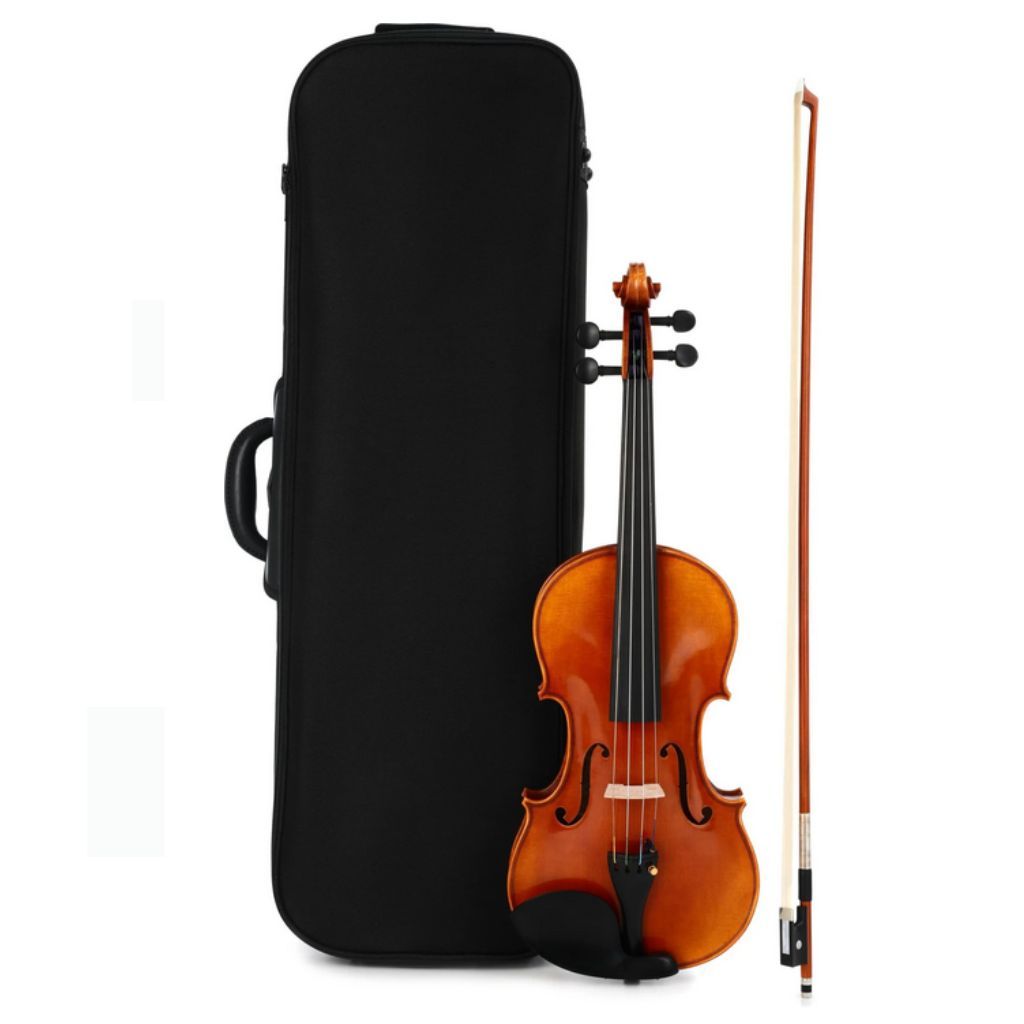
FEATURES: Hand-carved from aged tonewoods and hand-finished with a shading oil varnish
OTHER INFO: Ebony components help maximize sustain and note articulation
- Professionally adjusted and set up for years of reliable playability
- Expensive compared to other entry-level violins
When you click ‘Check Price’, you’ll see there are loads of great places to buy this item. Our personal favorite is Sweetwater for the US, and Thomann and Gear4Music for the UK & Europe.
They are the largest music retailers, with excellent customer service, competitive prices, really fast shipping, and the longest guarantees.
The professional musician who wrote this article combined many things,
from the product build, manufacturer’s reputation through to feedback
from other users, to create our famous TedScore™.
The GEWA Thomas Boehme Special Professional Violin in 4/4 size stands out as an exceptional choice for my advanced students.
It offers a remarkable range of dynamics and tonal richness that meets the demands of high-level repertoire. Its superior craftsmanship and nuanced sound projection make it a reliable instrument for those looking to elevate their performance to a concert standard.
GEWA Thomas Boehme Special Professional Violin

FEATURES: Manufactured and calibrated for the best possible sound using fine European tonewoods
OTHER INFO: Durable inlaid purfling and matching ebony fittings
- Handbuilt in GEWA's master workshop
- Expensive!
When you click ‘Check Price’, you’ll see there are loads of great places to buy this item. Our personal favorite is Sweetwater for the US, and Thomann and Gear4Music for the UK & Europe.
They are the largest music retailers, with excellent customer service, competitive prices, really fast shipping, and the longest guarantees.
The professional musician who wrote this article combined many things,
from the product build, manufacturer’s reputation through to feedback
from other users, to create our famous TedScore™.
Violin Size for Adults:
The Recap!
In conclusion, selecting the right violin size as an adult is more than a mere formality; it’s a critical step and an opportunity to ensure comfort, prevent injury, and enhance your overall playing experience.
Whether you’re an experienced player or a beginner, the importance of a violin that fits your body cannot be overstated.
Remember that while a full-sized 4/4 violin is the standard for adults, arm length and hand size are determining factors that might lead you to choose smaller violins, such as a 7/8.

Measuring your arm length and trying out different violins in the correct playing position are reliable methods to find your perfect fit!
Don’t forget to consider the right shoulder rest and other accessories to support your posture and grip.
With the right size violin and accessories tailored to your physique, you’re set on a path of musical expression that feels as natural as it sounds.
Embrace the long journey of finding your perfect violin fit, and let the harmony between player and instrument lead you to beautiful performances!
Hold up! We’re not finished yet…
Suppose you’re planning to buy a new instrument. This guide article will provide the important knowledge and considerations needed to make an informed buying decision about a violin that aligns with your skill level, playing style, and budget.
FAQ's
No, not all adults use a 4/4 violin; while it is the standard full size for adults, some may find a 7/8 size, also known as a “lady’s size,” to be a more comfortable fit due to shorter arm lengths or smaller hands. Choosing a violin size that allows for comfortable play and proper technique is important.
An adult should typically start with a full-sized 4/4 violin designed to fit most adults’ arm-length measurements and hand size. However, a smaller size 7/8 violin may be more appropriate for comfort and ease of playing if an adult has a shorter arm span or smaller hands.
An adult can play a 3/4 viola if it suits their physical size and comfort better than a full-sized instrument. However, it is relatively uncommon, as most adults require a larger viola to produce the desired sound and play comfortably.
You may need a 7/8 violin if you are an adult with a shorter arm length—typically between 22 to 23.5 inches from neck to mid-palm—or if you find a full-sized 4/4 violin uncomfortable to play. It’s best to try holding and playing a 7/8 violin to ensure a comfortable reach and ease of playing without overextending your arm.





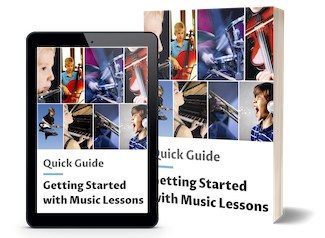





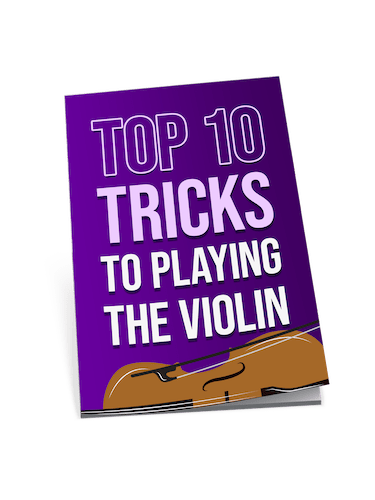

This is quite the informative article, Fiona. Choosing the right size is crucial for my students’ comfort and performance. I always stress the importance of the proper fit, especially for our younger players who might struggle with a full-size violin too early. Additionally, considering the shoulder rest is something that doesn’t get enough attention, so I’m glad you’ve highlighted that. In my experience, the right shoulder rest can make a significant difference in a student’s ability to practice longer without fatigue. Keep up the great work!
Found this super helpful! Starting on a GEWA Thomas Boehme might be ambitious for a hobbyist, but maybe I’ll aim there. Dream big, right?
Interesting picks there, but honestly, from my experience, the key to finding the right fit isn’t just in the brand. It’s more about how the instrument feels in your hands and responds to your playing style. I’ve found some less known brands outperforming the big names in specific circumstances. Anyone else feel the big brands sometimes just rest on their laurels?
Guys, please, nothing beats the classics. They’re classics for a reason.
Totally get what you mean. Found a hidden gem at a local luthier’s shop and it outshines my friend’s pricier model!
Really appreciated the breakdown on sizes, was wondering if for a total beginner, is the Revelle REV25 a good starting point, or should I consider the Yamaha for something a bit more long term? Thanks for the insights, Fiona Gibbs!